Coat Styling Etiquette: How to elevate your outerwear game
When it comes to outerwear, a coat is not only a functional piece but also a crucial element in creating a polished and stylish look. Whether you’re dressing for a casual outing, business meeting, or formal event, there are a few key styling etiquette rules to keep in mind when wearing a coat. From length to layering, understanding how to pair your coat with your outfit can elevate your style.
Here are the essential guidelines to consider:
1. The Classic Rule: Coat Longer than the Skirt or Dress
As a general rule of thumb, your coat should be longer than the skirt or dress you’re wearing, especially in more formal or classic settings. This creates a streamlined, elegant silhouette and ensures that the coat fully covers your outfit underneath. This rule is especially important when dressing for professional or formal occasions, as it conveys a polished and cohesive look.
A longer coat, such as a trench or wool overcoat, paired with a skirt or dress that falls above or at the knee maintains a sophisticated appearance. This is particularly true for business settings, where a structured, longer coat signals professionalism and attention to detail.
2. Exceptions for Casual or Street Style Looks
While the classic rule applies in most situations, there are stylish exceptions, especially in casual or street-style looks:
- Mini Skirts and Long Coats: Pairing a mini skirt with a long coat can create a chic, modern contrast. The mini skirt peeking out from under an unbuttoned long coat adds a playful, youthful vibe while keeping the look balanced.
- Shorter Coats with Midi or Maxi Skirts: In more relaxed, street-style settings, a shorter coat or jacket can be paired with longer skirts. This adds a layer of interest and creates a casual, laid-back feel without sacrificing style.
These exceptions allow for a more creative approach to outerwear while still keeping the overall look intentional and fashionable.
3. Professional Settings: Structured Coats and Pencil Skirts
In business and professional environments, a structured coat is often paired with a pencil skirt or tailored dress. In this case, the coat doesn’t necessarily need to be longer than the skirt, but it should be well-fitted and structured.
A knee-length coat over a pencil skirt can create a sleek, powerful look that’s appropriate for the office or formal business meetings. The key here is the sharp tailoring of both the coat and the skirt, which ensures the outfit looks polished and put-together.
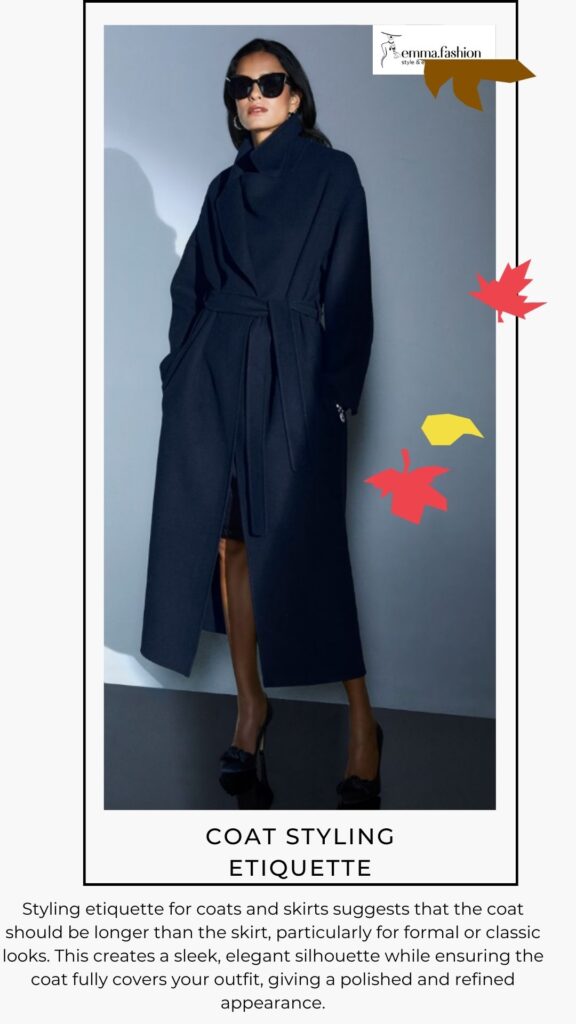
4. Evening Events: Coats for Cocktails and Galas
When attending evening events like cocktails, galas, or formal dinners, the etiquette changes slightly. For formal events, it’s best to follow the traditional rule: your coat should be longer than your dress. This applies especially to cocktail dresses and evening gowns, where a longer coat adds a touch of elegance and sophistication.
- Long Coats for Evening Gowns: A full-length or calf-length coat is ideal for evening gowns, ensuring that the coat complements the formal nature of the event without distracting from the overall look.
- Cropped Jackets or Capes: For a modern twist, you can opt for a cropped jacket, cape, or fur stole. These shorter outerwear pieces work well for formal events, especially when paired with floor-length gowns. They offer warmth without covering the beauty of the gown and add a chic, glamorous touch.
5. Proportions and Balance
Regardless of the occasion, maintaining proportion and balance is key when choosing a coat to complement your outfit. A well-proportioned look ensures that your coat enhances, rather than overwhelms, the rest of your ensemble. If you’re wearing a voluminous skirt or dress, opt for a more fitted coat to keep the outfit balanced. Conversely, if your dress is more fitted, you can experiment with oversized or more dramatic outerwear.
6. Fabric and Color Coordination
The material and color of your coat should also complement your outfit. In formal or business settings, classic fabrics like wool, cashmere, or tweed in neutral or darker shades (such as black, navy, or beige) are ideal. For more casual or daytime looks, you can play with textures like corduroy, denim, or even velvet in lighter or bolder colors.
For evening events, luxurious fabrics like satin, silk, or velvet in rich colors can add an extra layer of sophistication to your outfit, ensuring you stay stylish from the moment you arrive to the moment you step inside.
Understanding coat styling etiquette is key to creating polished, put-together looks. Whether you’re following the classic rule of wearing a coat longer than your dress or experimenting with casual exceptions, these guidelines will help you elevate your outerwear choices.
From professional settings to glamorous evening events, your coat is an essential part of your outfit, and with the right balance of proportions, fabric, and length, you can ensure it enhances your style for any occasion.
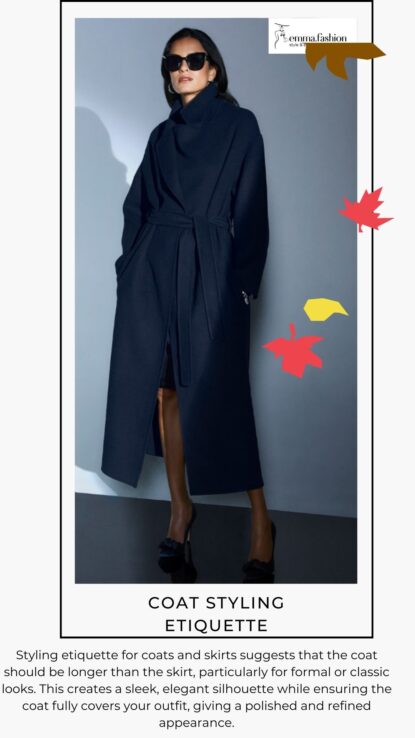
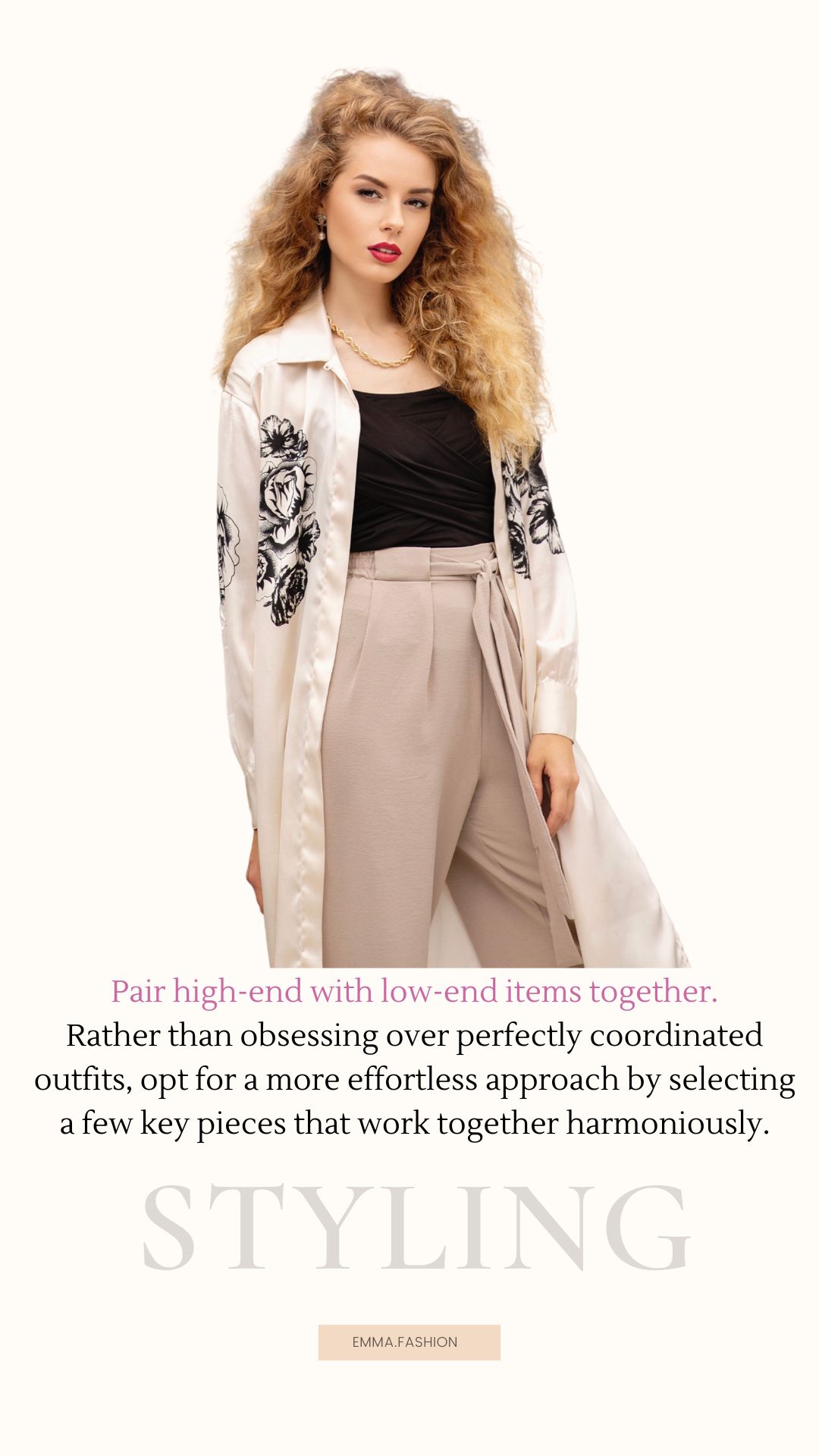
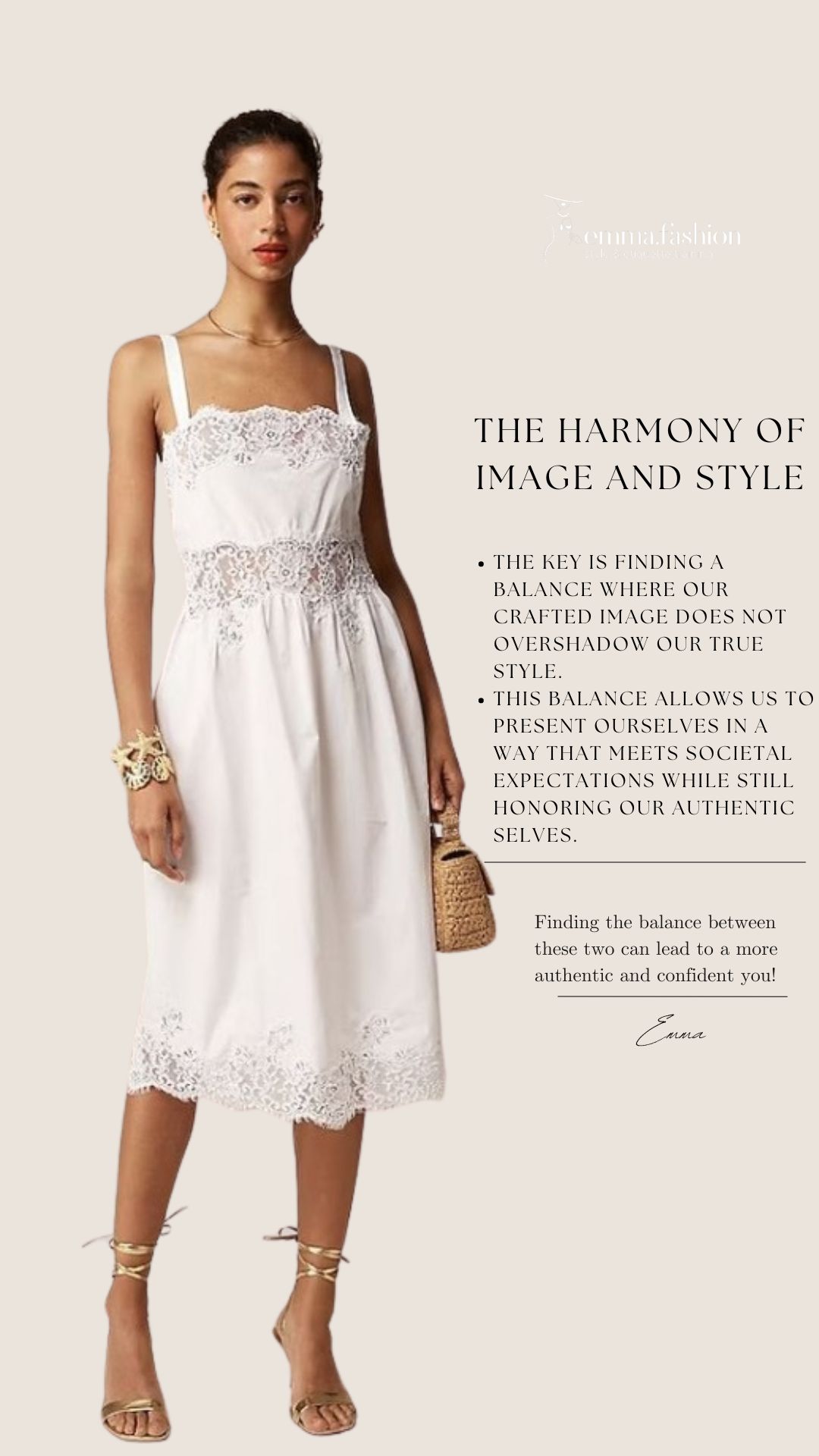
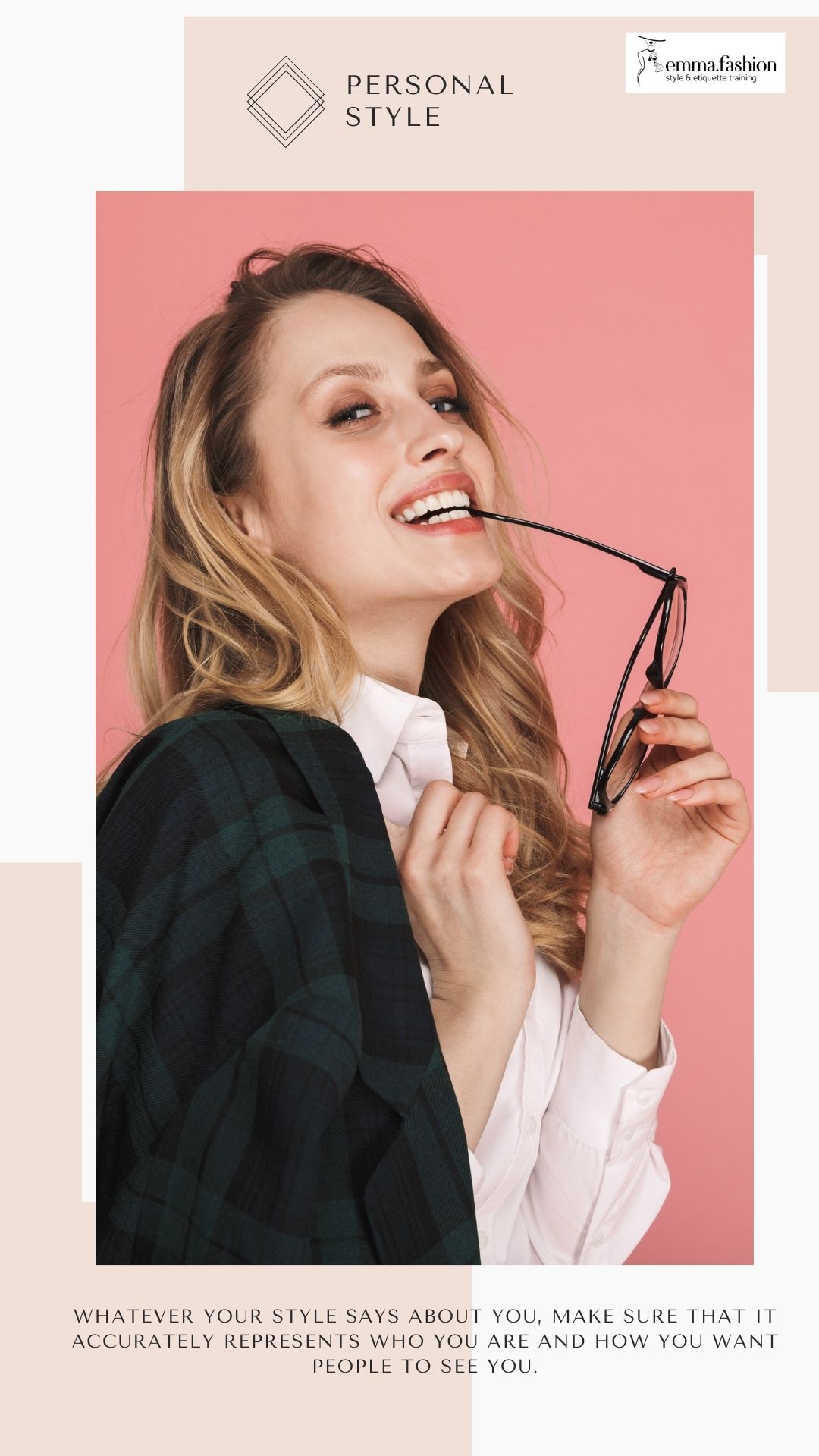

Comments